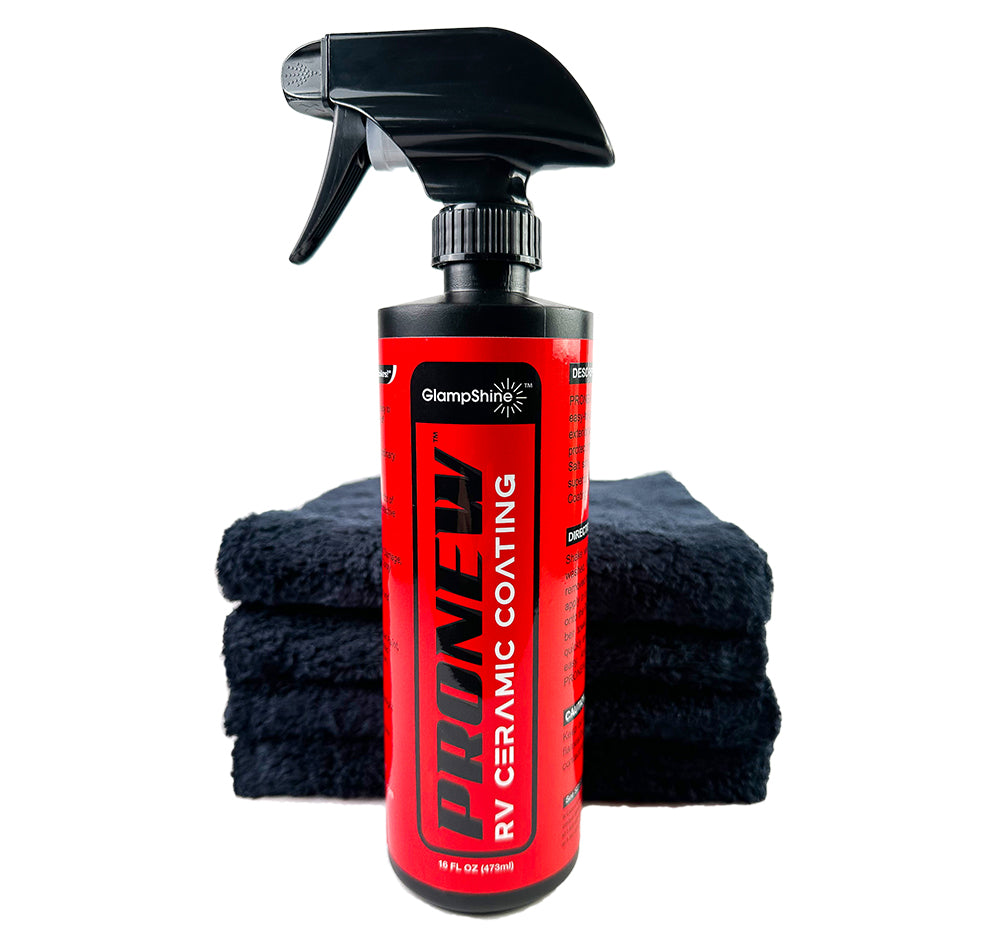Just How Ceramic Coating Philadelphia Conserves Money And Time on Maintenance
Just How Ceramic Coating Philadelphia Conserves Money And Time on Maintenance
Blog Article
Why Ceramic Finishing Is the Ultimate Option for a Perfect Complete
Ceramic coating has arised as a leading solution for those seeking a perfect coating for their automobiles, many thanks to its amazing durability and protective features. What elements truly set ceramic covering apart?
What Is Ceramic Covering?

When applied appropriately, ceramic covering develops a hydrophobic surface that pushes back water and dirt, making it easier to clean up and keep. Unlike traditional waxes or sealants, which typically provide short-lived protection, ceramic coverings can last for a number of years, relying on the item top quality and application approach. The procedure of applying ceramic layer needs meticulous preparation, consisting of thorough cleansing and often repaint adjustment, to ensure ideal bonding and efficiency.
Ceramic coverings are not limited to vehicle surfaces; they can additionally be made use of on numerous materials, including glass, metal, and plastics, offering a flexible remedy for enhancing protection. Overall, ceramic layer represents a significant advancement in surface area defense innovation, incorporating both visual and practical advantages for a vast array of applications.
Advantages of Ceramic Layer
While several surface security options exist, the advantages of ceramic finishing stand out because of its unique properties and resilient performance. Among the main benefits is its exceptional sturdiness. Ceramic Coating Philadelphia. Unlike traditional wax or sealers that need frequent reapplication, ceramic finishes offer a resistant layer that can last for a number of years, significantly reducing upkeep initiatives
One more remarkable benefit is enhanced defense versus ecological contaminants. Ceramic finishes create a hydrophobic surface that repels water, dirt, and various pollutants, making it less complicated to cleanse. This attribute not just protects the lorry's appearance but likewise lessens the risk of deterioration and oxidation, especially in severe weather.
In addition, ceramic finishes provide superior resistance to UV rays, stopping fading and deterioration of paint in time. This UV security is vital for keeping the visual value of vehicles and surfaces exposed to route sunshine.
Furthermore, the glossy coating attained with ceramic covering boosts the total aesthetic appeal, offering surface areas a showroom-quality luster. Overall, ceramic finishings stand for a significant development in surface area security modern technology, offering enduring advantages that satisfy both visual and functional requirements.
Just How It Functions
Recognizing the science behind ceramic layers reveals how they supply such amazing security and longevity. At its core, a ceramic finish is a liquid polymer that chemically bonds with the lorry's manufacturing facility paint. This bonding produces a protective layer that is both hydrophobic and oleophobic, repelling water, dust, and oil. The main element of most ceramic coverings is silicon dioxide (SiO2), which is stemmed from quartz. This substance adds to the coating's solidity and resistance to scrapes, UV rays, and ecological pollutants.
The application procedure entails multiple steps, including surface area preparation, which is essential to achieving ideal adhesion. Once used, the coating undertakes a curing process, throughout which it hardens and develops a semi-permanent bond with the paint surface. This bond is what distinguishes ceramic coatings from standard waxes and sealants, giving a longer-lasting protective obstacle that can sustain for several years.
In addition, the thickness of the finishing can boost its protective qualities, making certain that it can stand up to harsh conditions. Ultimately, the science of ceramic coatings combines innovative materials with cutting-edge application techniques to provide an exceptional level of security and visual enhancement for automobiles.
Comparison With Typical Methods
When contrasted to conventional paint protection methods such as waxes and sealers,The advantages of ceramic coverings end up being specifically evident. While waxes offer a short-term luster, usually lasting a few weeks to a couple of months, ceramic finishings provide a long-lasting protective layer that can endure for numerous years. This longevity considerably minimizes the regularity of reapplication, making ceramic coverings a more cost-efficient option in time.
In addition, typical methods commonly require substantial prep work and numerous applications to achieve a satisfying degree of security. On the other hand, ceramic coverings bond at a molecular level with the lorry's surface area, producing a durable guard versus ecological contaminants like UV rays, acid rainfall, and road salts. This bond boosts the lorry's resistance to scrapes and swirl marks, which prevail with typical waxes and sealants.
Moreover, the hydrophobic residential or commercial properties of ceramic finishes drive away water and dirt, leading to much easier cleaning and maintenance. On the other hand, wax and sealant-treated surfaces can draw in grime, demanding more frequent look at this site cleaning - Ceramic Coating Philadelphia. Overall, ceramic finishings not just offer remarkable protection but additionally provide a more long-lasting and aesthetically appealing coating, establishing them as the favored choice for critical vehicle proprietors
Application and Maintenance Tips

Making use of a foam applicator, apply the covering in tiny areas, adhering to the supplier's guidelines regarding density and overlap. Enable sufficient curing time in between layers, typically 1 day, to make certain proper bonding. After application, it is vital to stay clear of exposure to water or extreme elements for at the very least a week to enable the coating to totally treat.
For maintenance, wash the lorry frequently visit the site with pH-balanced soaps and stay clear of unpleasant products. Touchless car washes are suggested to lessen scraping. Additionally, using a ceramic maintenance spray can enhance the covering's hydrophobic buildings and longevity. Regular inspections for any kind of indications of wear will certainly help keep the finish's stability and preserve that excellent coating.
Conclusion
In verdict, ceramic covering emerges as a premium alternative for attaining a flawless vehicle finish. By forming a durable bond with factory paint, ceramic finish successfully guards against scratches, UV rays, and ecological contaminants.

Report this page